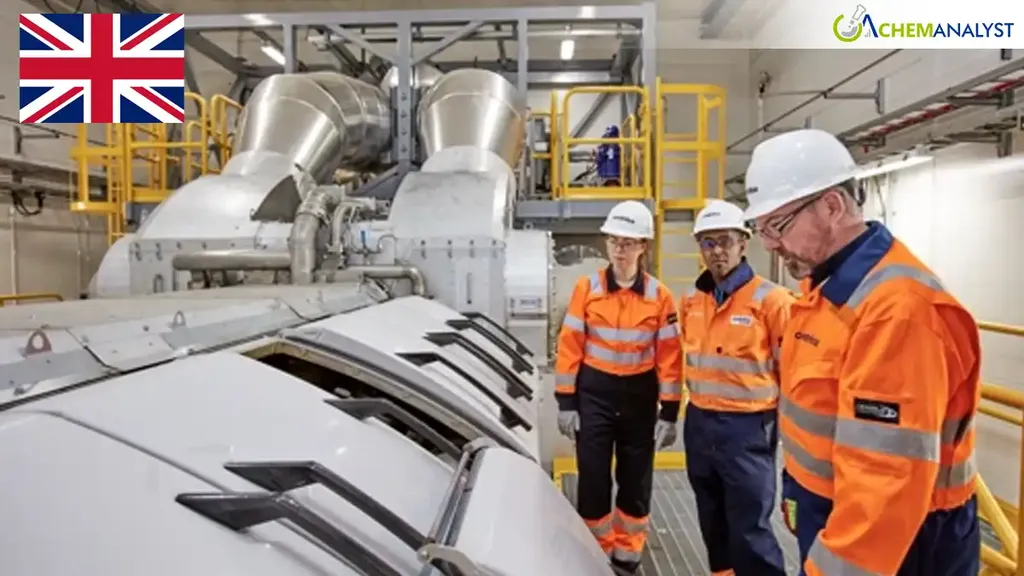Researchers from the University of Manchester, led by Artem Mishchenko and Kostya S. Novoselov, have developed a novel approach to quantify hydrogen bonding in water, which could have significant implications for the energy sector. Their work, published in the journal Nature Materials, introduces a new way to understand and manipulate hydrogen bonds, which play a crucial role in various energy-related technologies.
Hydrogen bonding is a fundamental interaction that influences the properties of water and other materials, but traditional models have struggled to accurately capture its strength, directionality, or cooperativity. The researchers addressed this challenge by conceptualizing hydrogen bonds as elastic dipoles in an electric field, which allows for a more comprehensive understanding of hydrogen bonding phenomena in various water systems.
To calibrate their approach, the researchers used gypsum, a hydrogen bond heterostructure with two-dimensional structural crystalline water. By applying an externally controlled electric field, they were able to quantify the strength of hydrogen bonds directly from spectroscopic measurements. This method also allowed them to predict other key properties of confined water, such as local electric field, O-H bond length, and dipole moment, using only the stretching vibration frequency of confined water.
One of the most exciting aspects of this research is the introduction of hydrogen bond heterostructures, a new class of electrically and chemically tunable materials. These heterostructures offer stronger, more directional bonding compared to van der Waals heterostructures, which are currently used in various applications. The researchers suggest that hydrogen bond heterostructures could have potential applications in catalysis, separation, and energy storage, making this a significant advancement for the energy industry.
In summary, the researchers have developed a novel approach to quantify hydrogen bonding in water, which could lead to the development of new materials with improved properties for energy-related applications. By understanding and manipulating hydrogen bonds more effectively, the energy sector could see advancements in areas such as catalysis, separation, and energy storage, ultimately contributing to more efficient and sustainable energy technologies.
Source: Wang, Z., Bhattacharya, A., Yagmurcukardes, M. et al. Quantifying hydrogen bonding using electrically tunable nanoconfined water. Nat. Mater. (2023).
This article is based on research available at arXiv.

